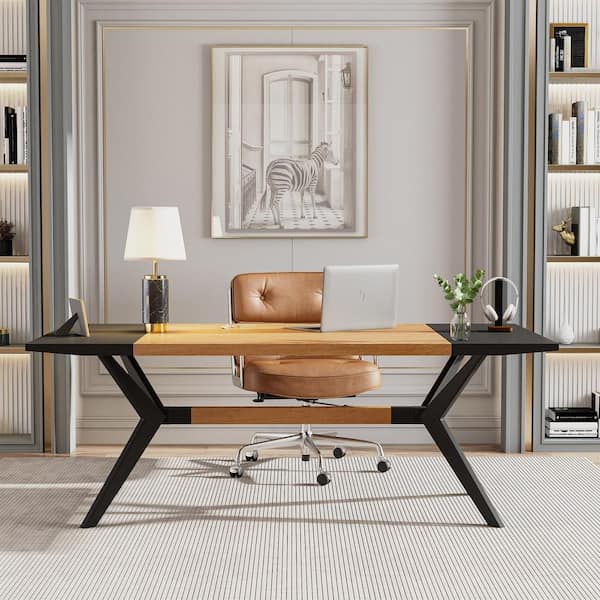Distinct Dining Room Table Legs to Change Your Dining Location
Distinct Dining Room Table Legs to Change Your Dining Location
Blog Article
An In-depth Check Out Eating Table Leg Styles: Discovering the Perfect Match
Picking the appropriate dining table leg style is important for both aesthetic appeal and sensible functionality. For those with larger tables, trestle legs ensure tough support, whereas hairpin legs present a mid-century contemporary ambiance with their minimalist layout. The x-shaped legs blend contemporary style with enhanced stability.
Conventional Four Legs
Amongst the numerous kinds of table leg designs, the traditional four-leg style continues to be a classic choice for numerous households. This traditional configuration supplies an unified mix of functionality and aesthetic appeals, making it a seasonal fave. 4 legs supply well balanced assistance, ensuring the table continues to be secure and efficient in birthing substantial weight. This is especially advantageous for homes that frequently hold huge events or use their table for multiple purposes, such as work or crafting.
From an aesthetic viewpoint, the standard four-leg design can be quickly adapted to various indoor styles. Whether crafted from timber, steel, or a mix of materials, these legs can be intricately carved, streamlined and minimalistic, or anything in between. Their convenience enables them to complement both rustic and contemporary settings seamlessly.
Additionally, the uncomplicated structure of the four-leg style helps with simplicity of activity and placement within an area. Unlike more facility bases, this design minimizes obstructions, giving ample legroom for diners. In recap, the typical four-leg table leg design marries withstanding sophistication with sensible capability, making it a sharp option for those looking for both type and feature in their eating furnishings.
Stand Base
Often commemorated for its stylish and space-efficient design, the pedestal base is a prominent alternative to the conventional four-leg setup in eating table leg designs. Without corner legs, restaurants are afforded higher freedom of movement, making it a suitable option for round and oblong tables that advertise more intimate and comprehensive events.
The central column itself supplies a canvas for intricate layouts and imaginative expressions, including an aspect of visual passion below the table. In recap, the stand base incorporates functionality with design, making it a fine-tuned and useful option for varied dining atmospheres.
Trestle Legs
Trestle legs give a durable and ageless structure for eating tables, identified by their straight cross-bracing and strong support beams. Stemming from medieval times, this design has evolved yet retained its crucial structure, making it a seasonal fave in both conventional and contemporary settings. The central trestle beam, frequently supported by two or more vertical articles, offers phenomenal stability, permitting for larger table sizes without the demand for additional legs.
A considerable advantage of trestle leg tables is the ample legroom they use. Unlike tables with 4 edge legs, the lack of blockages at the table's edges offers unobstructed area for chairs and diners, boosting convenience and accessibility. This makes trestle tables suitable for suiting bigger gatherings, whether in an eating room or a banquet hall.
From rustic farmhouse to sleek modern designs, trestle legs can be tailored to fit private preferences. Their enduring charm and practical benefits make trestle legs an engaging option for those seeking both style and functionality see here now in their eating table.
Barrette Legs

The allure of barrette legs depends on their simpleness and flexibility - dining room table legs. Available in a series of materials, including steel and brass, they can be ended up in various colors to enhance various indoor styles. Whether matched with a rustic wooden table top or a contemporary glass surface, barrette legs effortlessly blend performance with a touch of classic charm
Toughness is one more notable attribute of hairpin legs. Regardless of their fragile appearance, these legs are engineered to birth considerable weight, guaranteeing the dining table remains secure and secure. Furthermore, they are reasonably easy to set up, making them a prominent selection for do it yourself fanatics and expert furniture makers alike.
X-Shaped Legs

Created from products such as steel, wood, or a mix of both, X-shaped legs can be customized to match various style choices. Steel legs often provide a smooth and industrial feel, suitable for loft-style apartment or condos and contemporary dining areas. On the various other hand, wood X-shaped legs supply a warmer, a lot more rustic charm, appropriate for farmhouse or diverse insides. The flexibility in materials allows house owners to customize their dining tables to better fit their overall style plan.
In addition, the engineering behind X-shaped legs guarantees even weight distribution, minimizing the danger of tottering and boosting resilience. This makes them specifically well-suited for larger table that require extra assistance. Basically, X-shaped legs blend functional engineering with modern aesthetics, making them a timeless option for diverse eating settings.
Final Thought
A thorough understanding of table leg designs discloses the distinct qualities and advantages of each style. Conventional four legs supply stability and classic appeal, while stand bases supply legroom and a structured look. Trestle legs make certain durable assistance for bigger tables, and hairpin legs present a mid-century contemporary visual. X-shaped legs integrate contemporary pop over to this web-site design with boosted security. Selecting the ideal leg style ensures both useful and visual satisfaction in any dining room.
Report this page